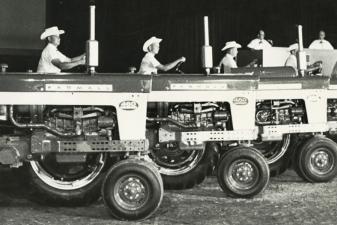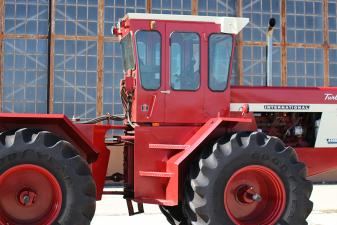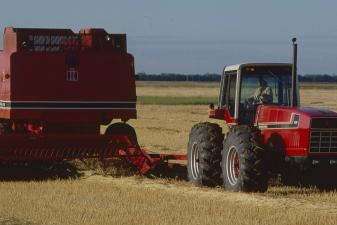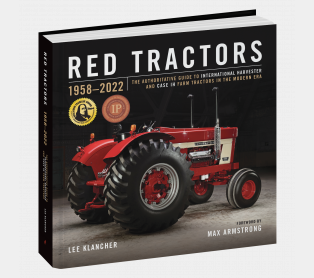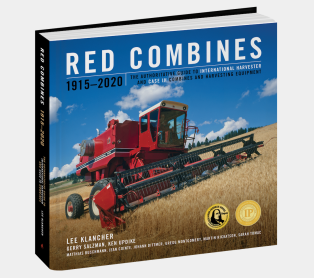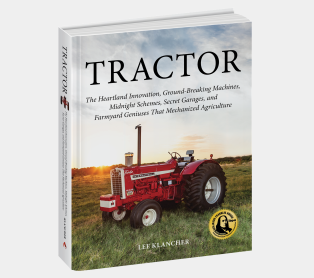International Harvester Serial Number Plates

In this original article, Red Power and Heritage Iron journalist Kenneth Updike details the ins and outs of International Harvester tractor serial number plates, from their origins in the 1920s as a replacement for frame and chassis stamps and engravings, to their enduring value as the most reliable identification of a rare machine. Read more of Kenneth Updike’s infinite IH wisdom in Red Tractors, Red Combines, and Red 4WD Tractors.
As tractor manufactures grew their production volume, they needed a method to identify the various models they were building. Some manufacturers chose to simply stamp or engrave the main frame or any other major chassis part with a production number or code. As time moved forward, corrosion and wear would often erase this marking. A more permanent method was needed. International Harvester (IH) added serial number tags to their tractors starting in the 1920s to help identify the model it was and the number of its production. If changes or improvements were made to a machine, the use of a serial number would allow IH to note the change in the production run. This was especially helpful to the dealer when looking up service parts to know exactly what parts may be needed for a repair.
Typically the serial number tags were made of a rustproof non-corroding metal like aluminum or anodized steel. IH did this to ensure that the tag would last for the expected lifetime of the machine. IH affixed the tag to a location on the machine that would be free from normal wear or damage from an attachment. A very common placement of the tag was on the clutch housing of the transmission. IH started using this location for the serial number plate in the late 1930s and continued it until the mid-1970s. There are of course exceptions to this and the exact location of the tractors serial number tag is always shown the in the tractors operators manual. IH did NOT offer replacement serial tags even if they were listed in the repair parts catalog. Counterfeiting and misrepresentation could be widespread if this happened.
Over the years, the physical size of IH serial number tags has shrunk, while the data they carry has grown. Early tags from the 1920s indicated the tractor model, serial number, and the rated rpm of the engine. They may even have a safety warning on them saying, “Do not overload.” In the 1940s, the engine data was deleted from most serial number tags. The serial number itself on the tags was always STAMPED, NOT engraved! The tags have a black anodized finish to them that is reasonably weather-resistant and not easily removed. IH had a finish like this applied to the tag so that it would be legible for the machines expected service life.
In the late 1960s, IH changed the serial number format on the tag to reflect the Kind/Code numbering system that IH had used to identify a machine since the 1940s. The Kind/Code style serial number tag would remain in use for IH the rest of its existence.
A Kind/Code style tag has the tractor model on the top line and the tractors Kind/Code information along with the country of manufacture and the tractors serial number on the bottom line. For this example we will use the tag from the final Farmall-built tractor. This tractor is an IH 5488. The Kind/Code line reads: 2590009U004452. Translated, the Kind is 259, the Code is 009, The U represents United States (Country of Manufacture) and the 4452 is the actual serial number of the machine. ALL of the Kind/Code style serial tags follow this same format: Kind/Code/Country of Manufacture/Machine Serial Number no matter what country IH made the machine in.
The Kind Code serial number was not invented by IH. GM had this long before IH and it has led to the V.I.N. number plates that are used in the automotive Industry today. IH had long used the Kind/Code numbers for ordering machinery, but it first appeared on the machines serial tag with the later-built IH 56 series tractor in the late 1960s.
IH attempted to stay with similar styled and formatted serial tags throughout the world. The tags can vary by size and wording (of course) from each country they were used in. One tiny difference is found in the serial tags of IH products made in Australia. They are formatted and look nearly identical to their USA counterparts EXCEPT that the USA tags have rounded corners, whereas the Aussie tags have square corners.
Having an intact serial number tag is imperative if the tractor or combine is a first made, early production, or very late-built machine. Some collectors will flee from machines offered that have no serial number tag and are claimed to be a very low or high serial number machine. Unfortunately, most machines only have their serial number listed on the tag, so if the tag is missing, there is very little chance of recovering the serial number data. Using casting date codes found the various component parts can help in narrowing the serial number search, but they too can be misleading.

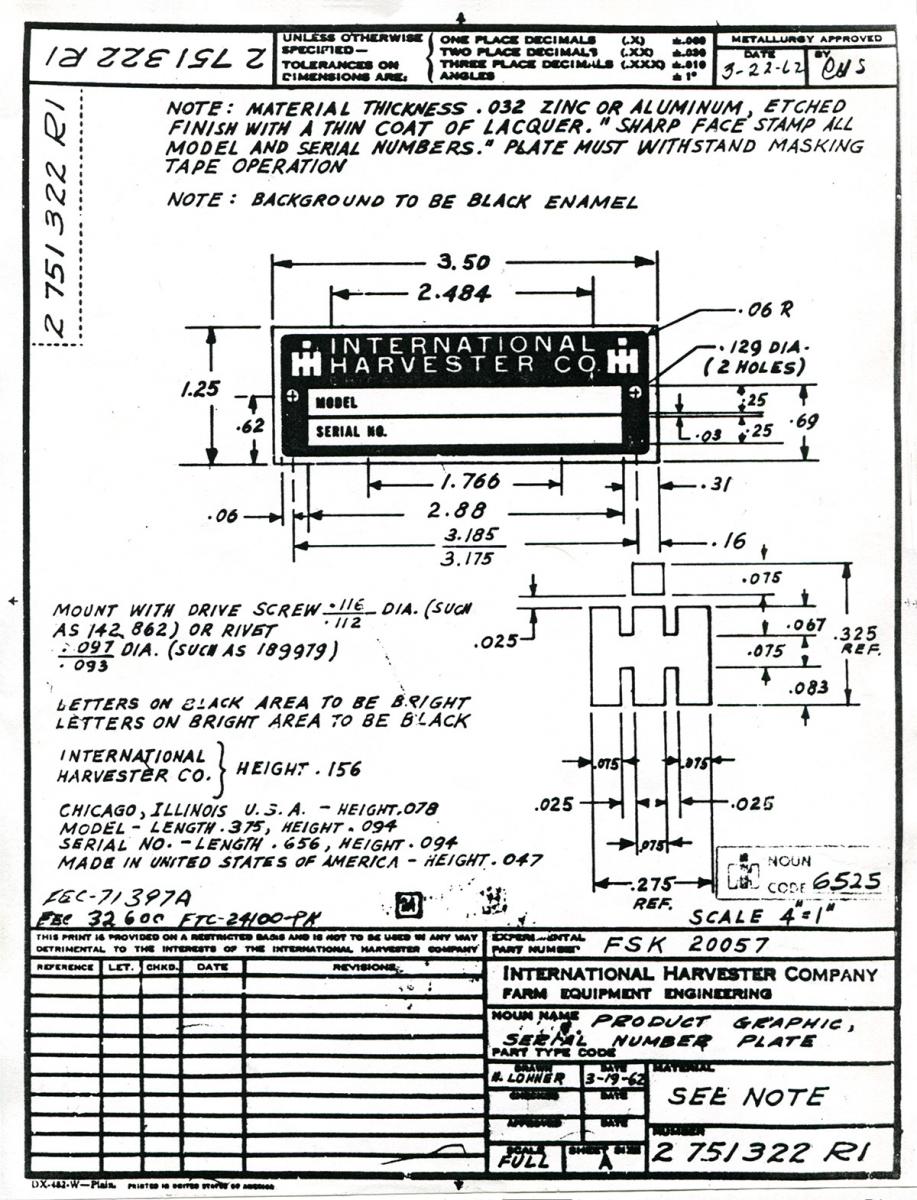 Every part that IH used in a tractor has a blueprint drawing for reference. The exacting details of a part as trivial as a serial number plate are very interesting to examine. The size and scale of the lettering and emblem are shown here. IH had these plates made by an outside vendor and they were quality control checked. The serial number plate was also a high value part. It could not be easily replaced if damaged in the manufacturing process. Image courtesy of the Kenneth Updike Collection
Every part that IH used in a tractor has a blueprint drawing for reference. The exacting details of a part as trivial as a serial number plate are very interesting to examine. The size and scale of the lettering and emblem are shown here. IH had these plates made by an outside vendor and they were quality control checked. The serial number plate was also a high value part. It could not be easily replaced if damaged in the manufacturing process. Image courtesy of the Kenneth Updike Collection
 Serial number plate for an early F–12, 14, 20, and F–30 tractor.
Serial number plate for an early F–12, 14, 20, and F–30 tractor.
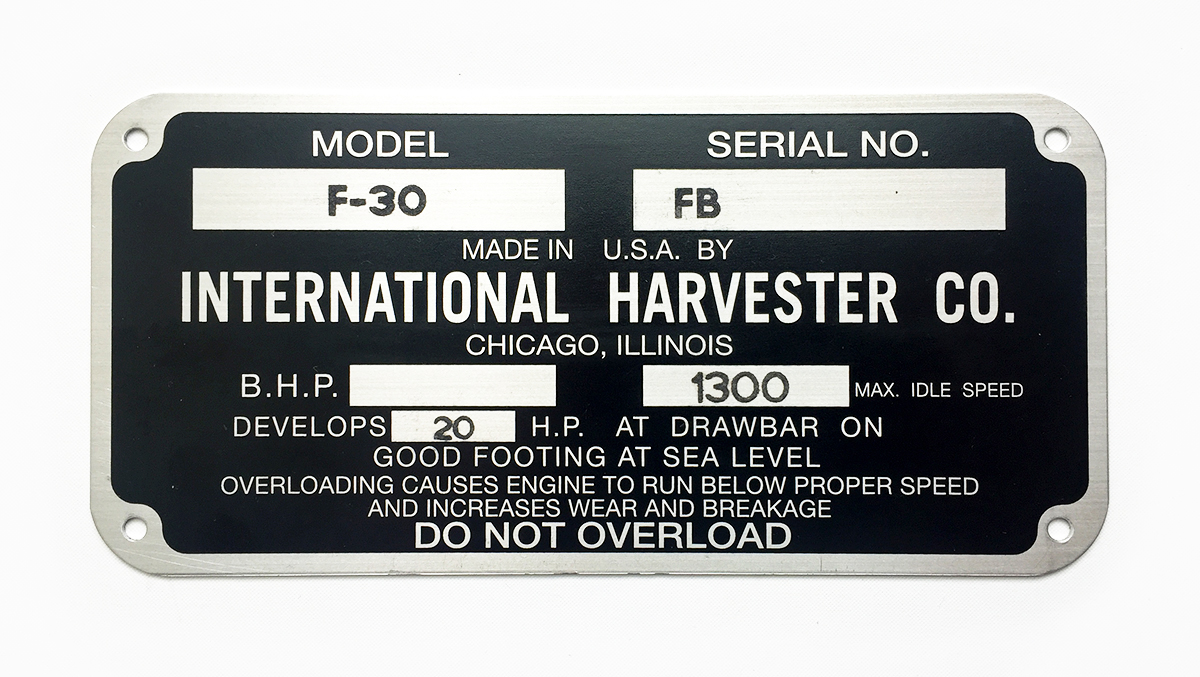 Serial number plate for a late F–20 / F–30 tractor.
Serial number plate for a late F–20 / F–30 tractor.
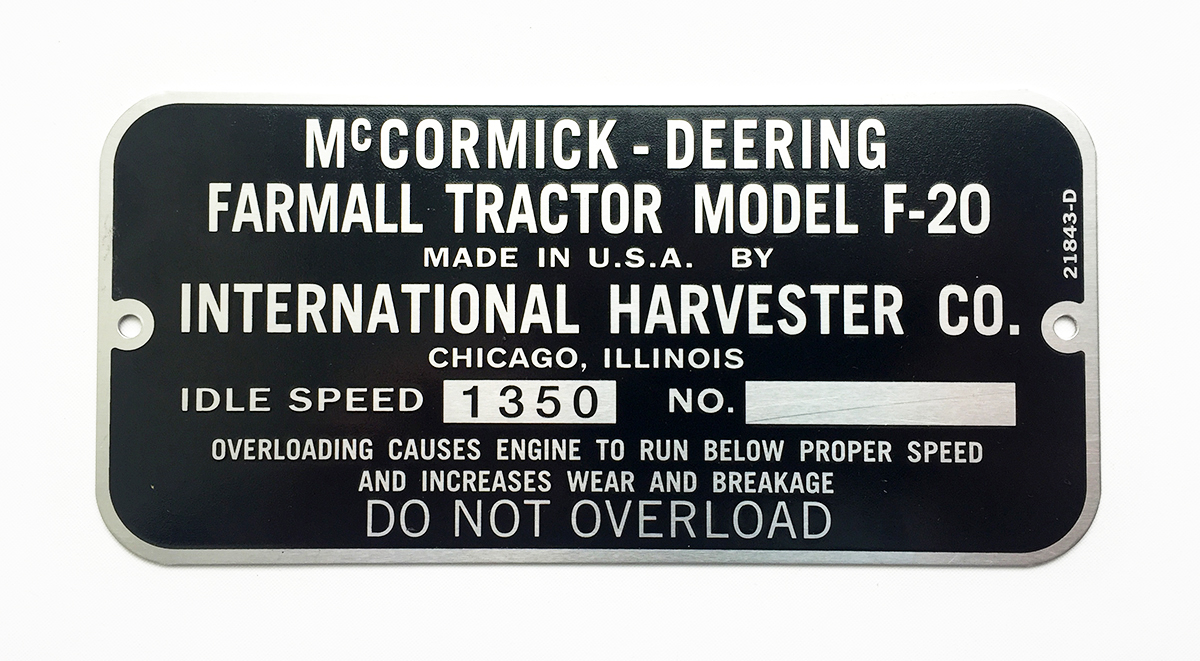 Serial number plate for a 1932 F–20.
Serial number plate for a 1932 F–20.
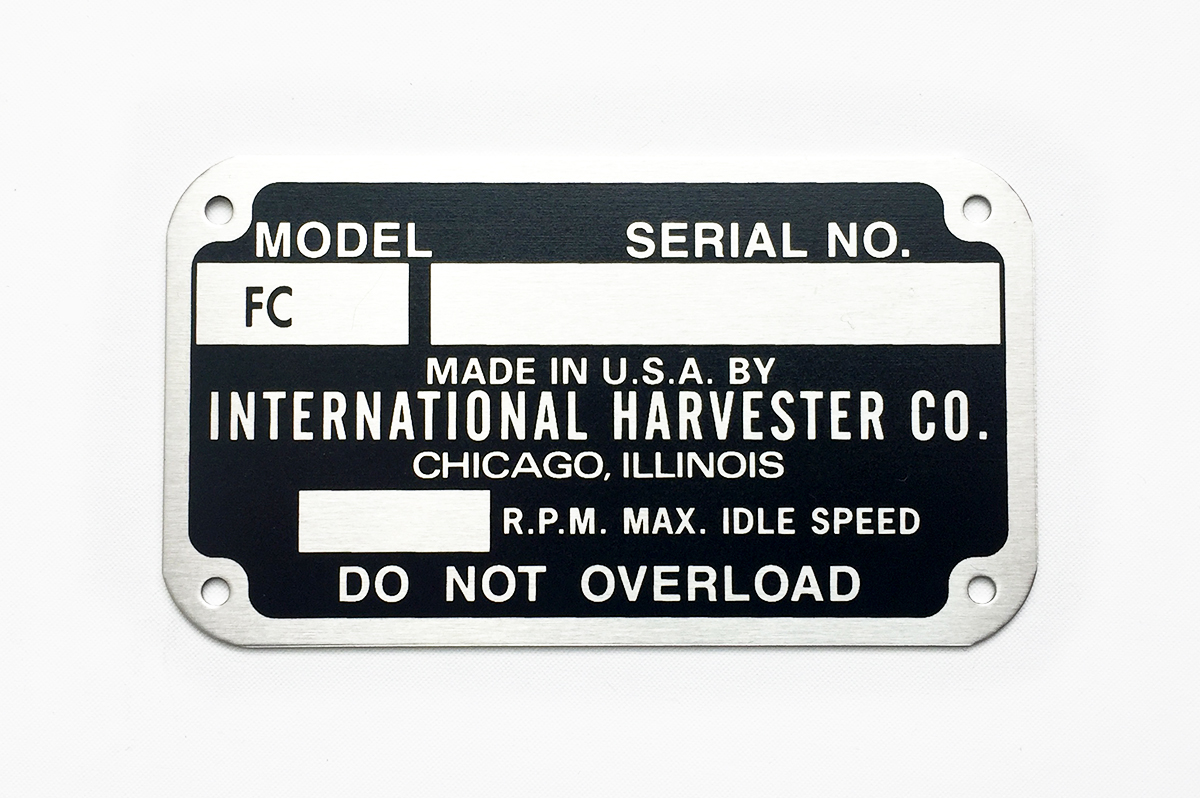 Serial number plate for early A, B, H, and M tractors.
Serial number plate for early A, B, H, and M tractors.
 Serial number plate for late A, B, H, and M Supers.
Serial number plate for late A, B, H, and M Supers.
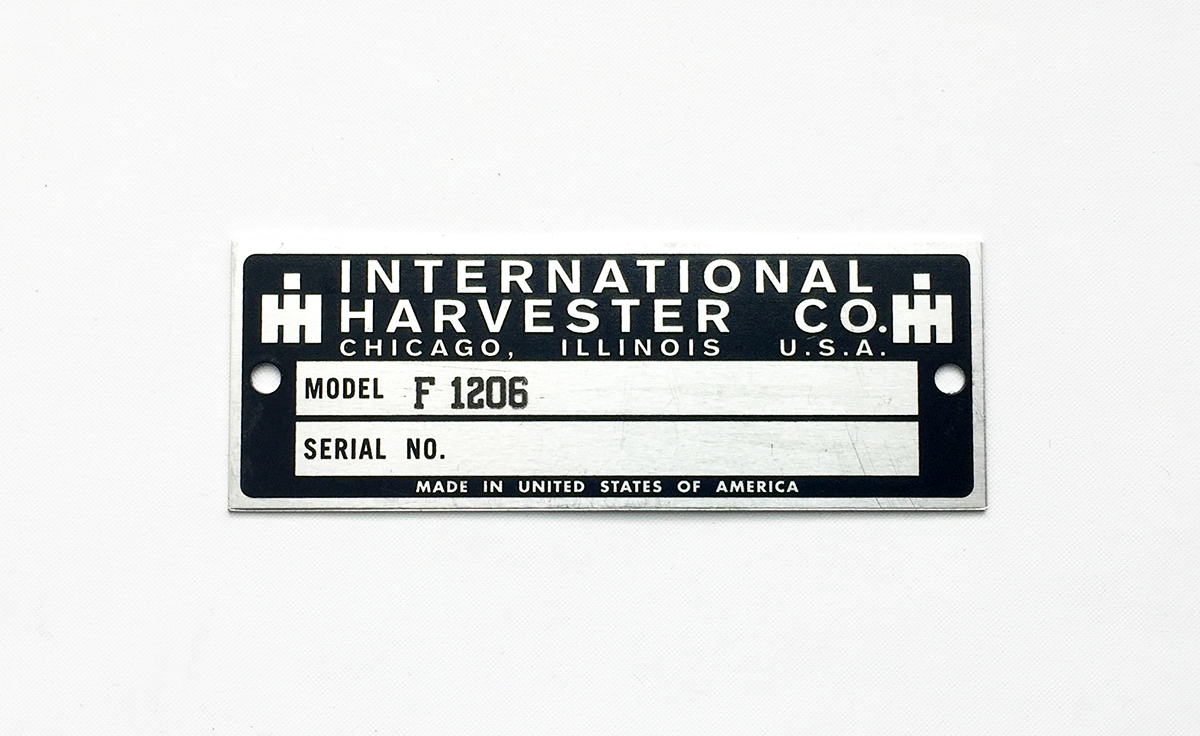 Serial number plate for 06 Series tractors.
Serial number plate for 06 Series tractors.
Read more from Kenneth Updike in Red Tractors, Red Combines, and Red 4WD Tractors.
--------------------------------------------------
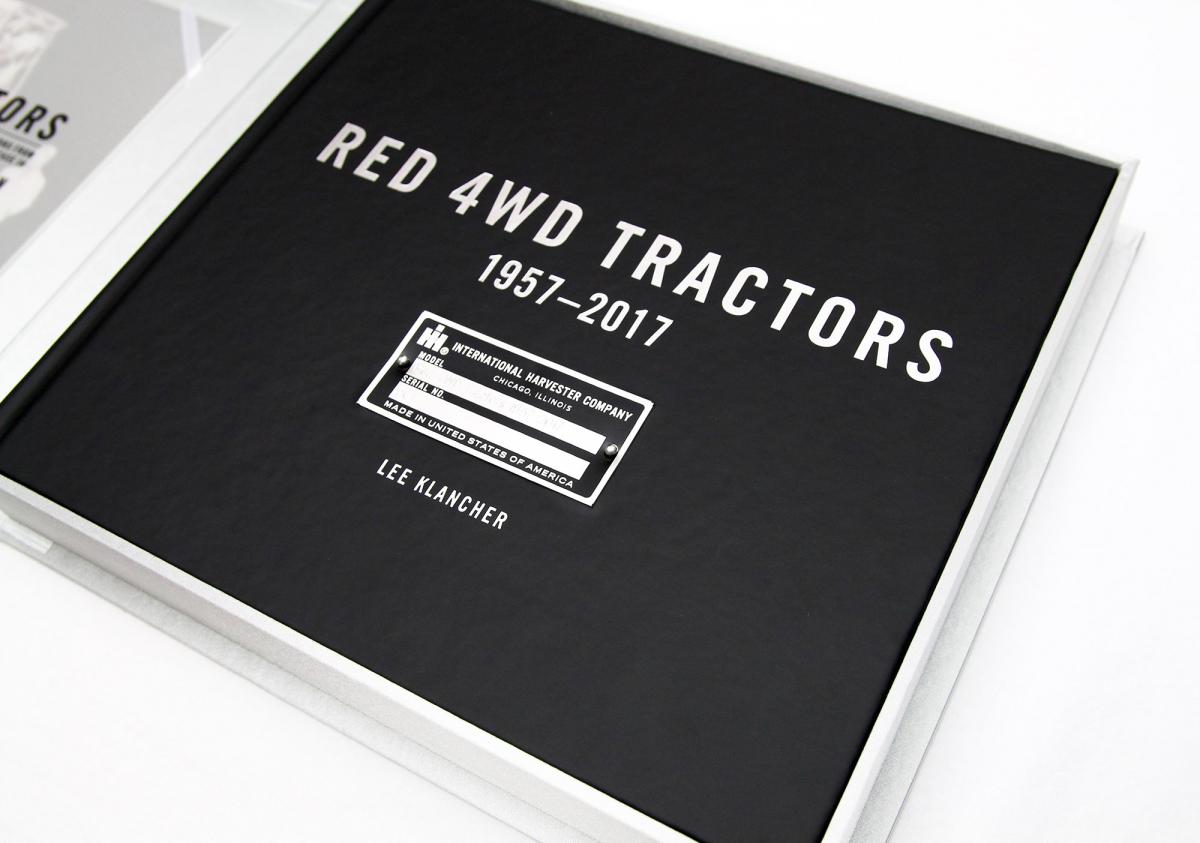
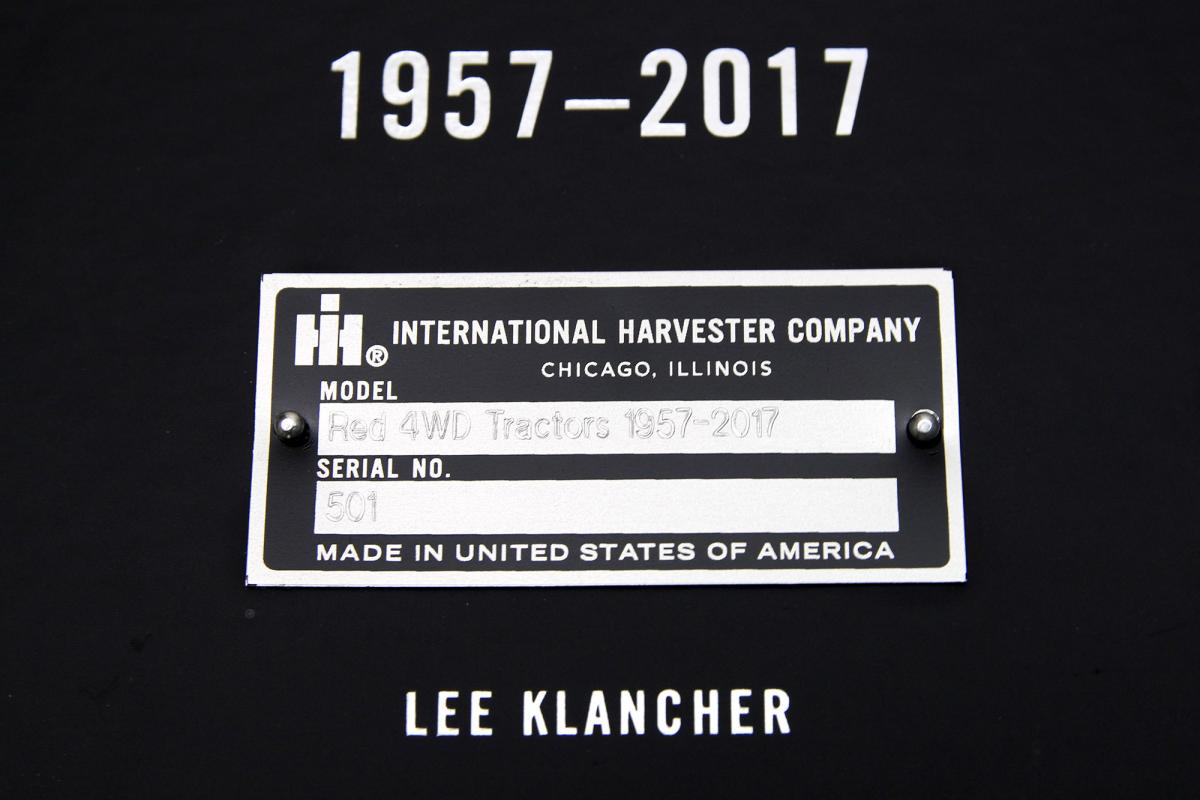
Learn more about our Serial Number and Collectors Edition books and browse the selection on our website, HERE!
Check out the newest title by author Kenneth Updike, International Harvester Identification Guide: Serial Number Book, for everything you need to know on serial number identification.


